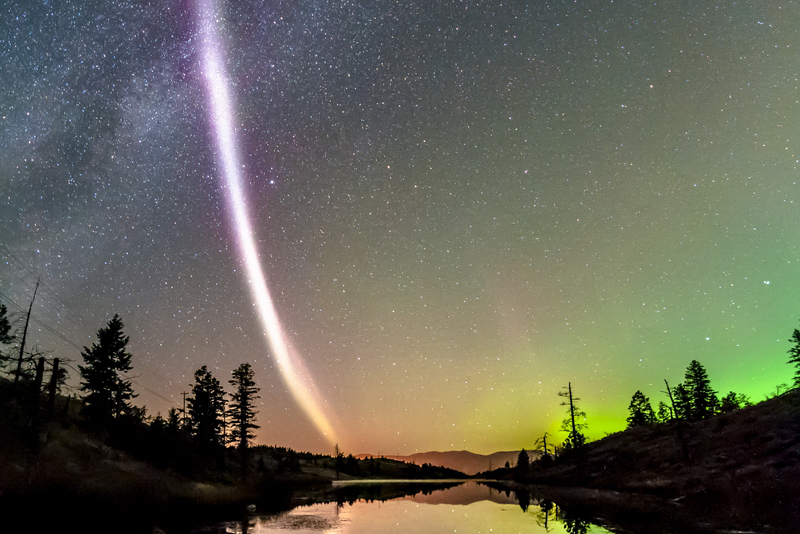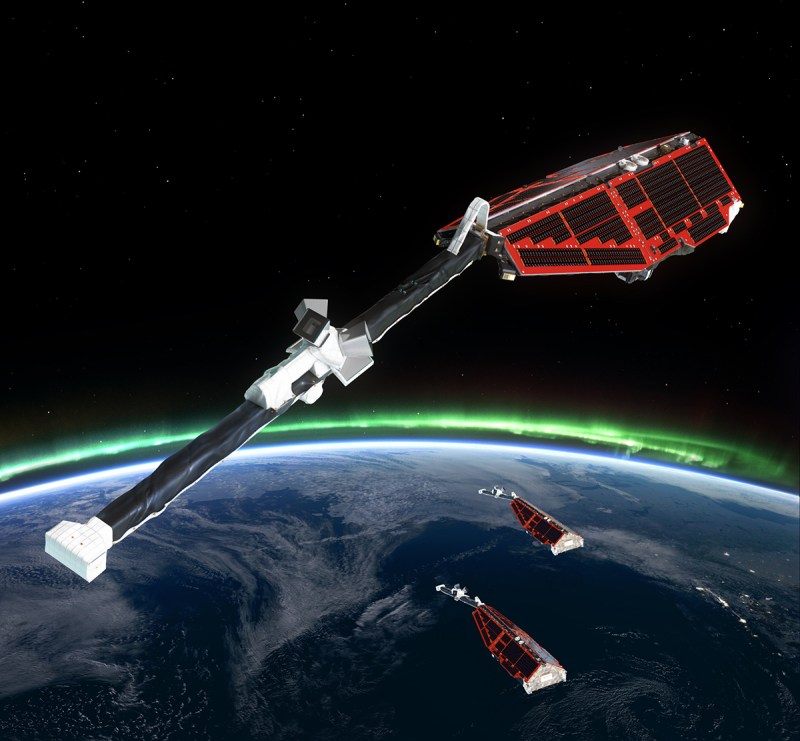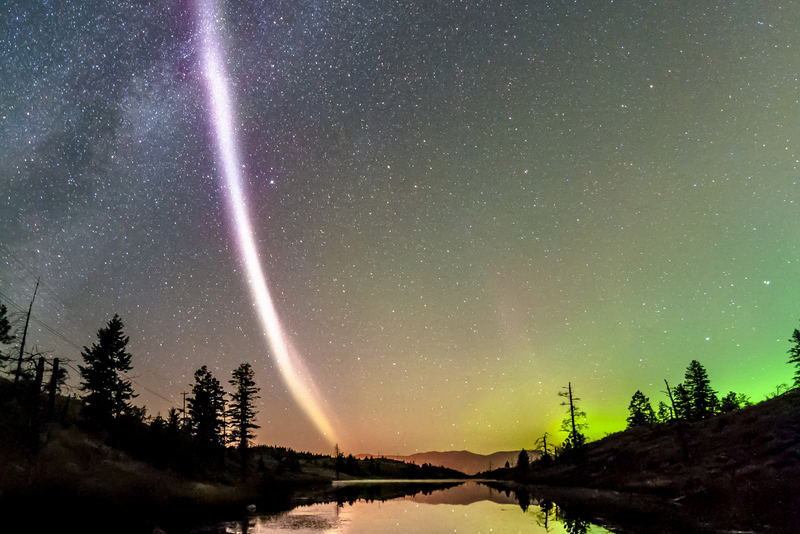
Scientists have discovered a new feature of the northern and southern aurora light phenonema with the help of a group of stargazers posting photos online.
Eric Donovan, a University of Calgary professor, spotted the beam of light in photos shared by members of the Facebook group Alberta Aurora Chasers. Originally thought the to be a proton arc, the citizen scientists who observed the celestial phenomenon dubbed the strange purple ribbon “Steve” when they didn’t know what else to call the celestial phenomenon.
Donovan knew proton arcs aren’t visible, so he looked to data from a European Space Agency satellite called SWARM, which measures the Earth’s magnetic field. When it passed through “Steve,” the temperature jumped by thousands of degrees and the gas stream flowed at a different speed and direction than those around it.

It turns out “Steve” is very common, but it just wasn’t observed before. SWARM will continue to provide insight into the ribbon of light going forth.
As for the informal name, it seems as though it’s stuck. BBC reports scientists have proposed “Sudden Thermal Emission from Velocity Enhancement” as a more scientific description that would make “Steve” a permanent acronym for the phenomenon.
—RealClearLife
This article was featured in the InsideHook newsletter. Sign up now.
























